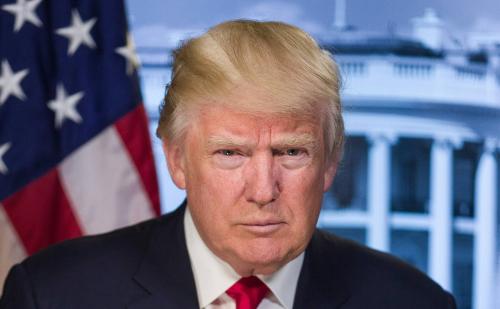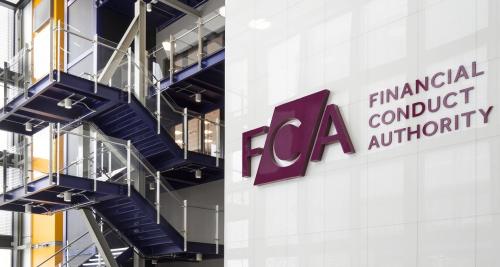Author of high-profile report on insider trading says US regulator is not necessarily failing
Last June a blockbuster academic analysis stunned many corporate governance aficionados with robust statistical evidence pointing to significant and systemic insider trading plaguing US M&A deals.
Among the first to scrutinize the options market, researchers at McGill University and New York University found abnormal trading ahead of up to one quarter of 1,800 takeover deals between 1996 and 2012. Press reports at the time also highlighted the finding that the SEC litigated less than 5 percent of suspicious deals.
While the study shines the spotlight on derivatives trading strategies, its co-author Patrick Augustin, assistant professor of finance at McGill University, is quick to point out that the evidence neither proves US stock markets are rigged nor that the SEC is necessarily failing.
‘It’s hard to say how prevalent insider trading is,’ says Augustin. ‘All we can say is that from a statistical perspective our study raises a red flag when it comes to directional trading strategies in the options market that someone with private information could benefit from. When compared with randomized announcement dates, the activity is striking ‒ and unusual.’
While the apparently iron-clad evidence suggests pervasive dysfunction, Augustin stresses that significant unknowns remain. ‘Some of the activity could be the result of truly informed traders placing educated guesses,’ he cautions. ‘Some may have had prior approval to trade.’
In defense of the SEC, Augustin notes his study only tallies publicly available civil litigation and does not necessarily account for criminal proceedings or cases involving whistleblower protections. ‘Much of the press coverage was skewed toward the SEC doing a bad job,’ he comments. ‘But it might be doing a very good job, and this is something we are not prepared to judge. We quantify. We don’t judge.’
Still, some measure of shenanigans seems afoot. The characteristics of the SEC’s litigation sample closely resemble Augustin’s classification scheme. ‘In particular, we persistently observe insider trades in short-dated and [out of the money] call options initiated, on average, 16 days before the announcement,’ the authors write.
Noting the SEC’s relatively low proportion of investigations into illicit option trading compared with stock trading, Augustin hopes his forensic analysis can help regulators, prosecutors and other stakeholders detect insider trading activity in the complex and potentially opaque options markets.
‘It seems the spotlight should be more on the options market,’ he says. ‘It’s definitely worth looking a little more deeply. The evidence of directional trading strategies is very strong.’










